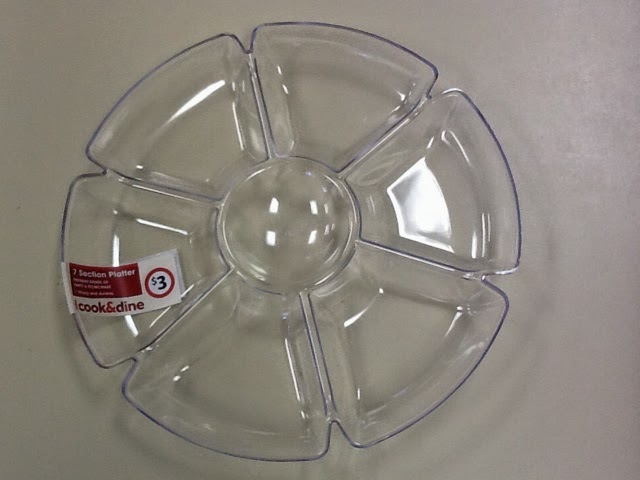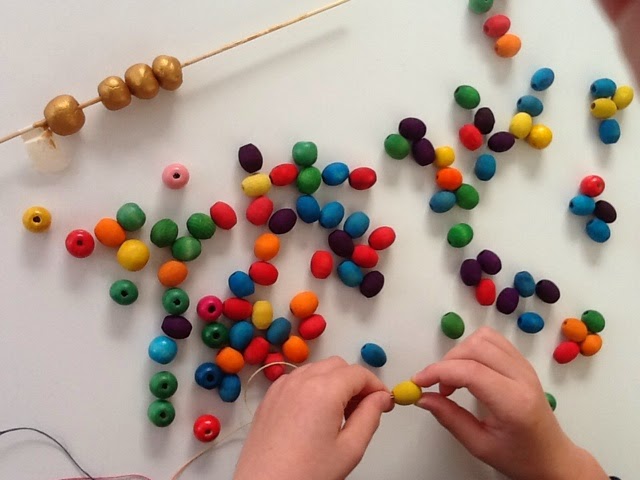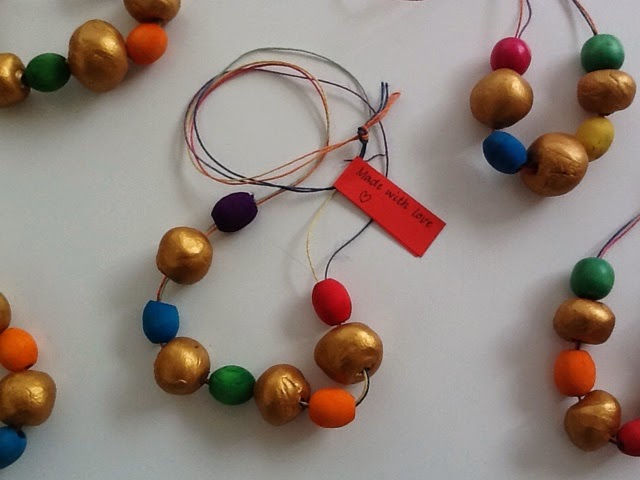Ideally, the activity should motivate the child to want to explore the possibilities, learn through playing with the materials and talking to others throughout the experience.
Whenever I put out the eye droppers, this is exactly what happens. All of the children want to use them and enjoy the learning experience.
These are the eye droppers I have in my classroom.
The children need to gently squeeze the top of the eye dropper with their thumb and index finger to fill the dropper. They then need to squeeze the top again to release the dye. Some children need help initially but when they understand how to use it, they LOVE it!!
Here are some examples of how I have used eye droppers in my classroom to help develop the childrens fine motor skills.
Cute Class Bunting
After drawing a self portrait on absorbent paper with a permanent marker, the children used the eye droppers to cover their picture with dye. Not only was this a great fine motor activity but also could be used to discuss colour mixing.
Once they were dry, I laminated them and threaded them on some rope so they could be hung outside.
Dropping Dye On Sand
I put white sand in flat boxes and let the children drop dye onto the sand. I gave them water in spray bottles to then spray the dye. They were fascinated with this activity and it promoted lots of descriptive language.
Using Eye Droppers For Finger Painting
The children enjoyed using the eye droppers to drop dye onto shaving cream that that had been spread out on a tray. They then used their hands to mix the coloured dye together to make wonderful swirls and colours. We carefully placed paper on top and took beautiful prints.
You could let your child use an eye dropper in the bath, with water in the water trolley or to mix coloured dye in jars.
Have fun!!
Niccola






































